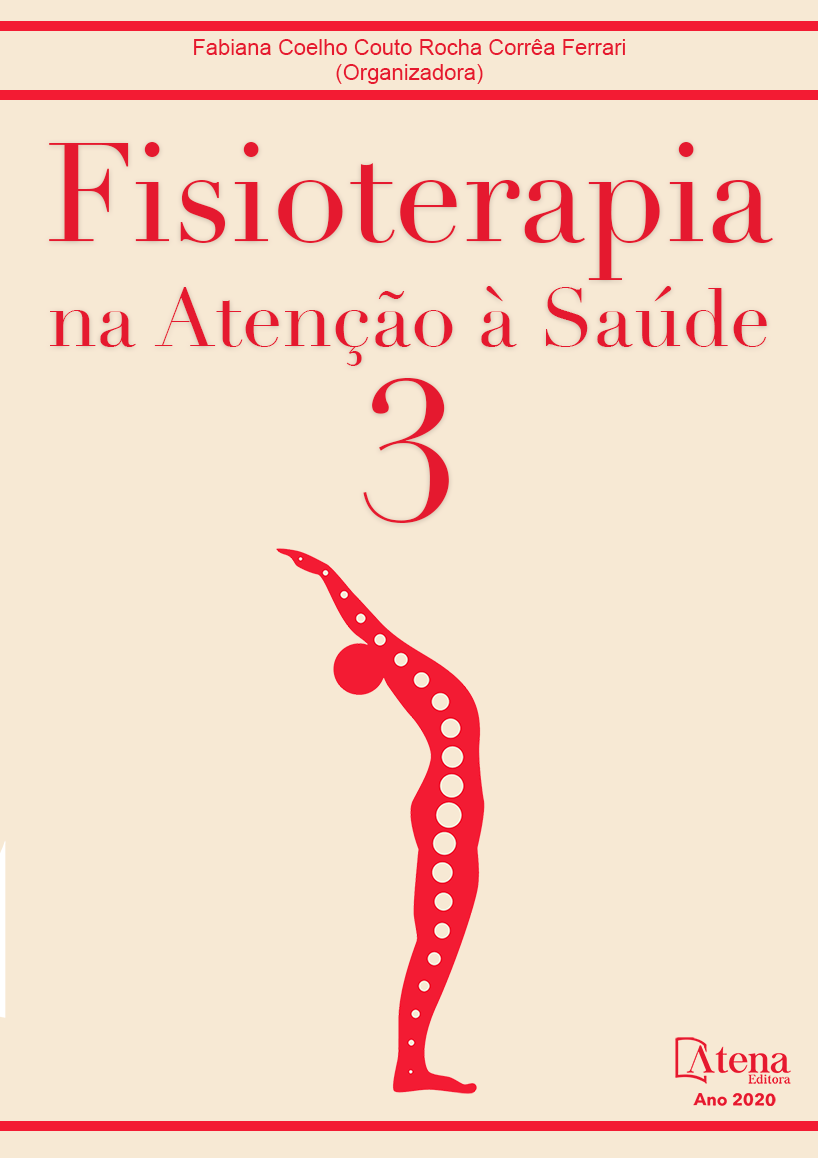
USUÁRIOS COM ALTO RISCO DE ACIDENTE VASCULAR CEREBRAL NA ATENÇÃO PRIMÁRIA: FATORES RELACIONADOS COM O ESTRESSE PRIMARY HEALTH CARE USERS WITH STROKE RISK HIGHER: ASSOCIATED FACTORS OF STRESS
Objetivo: verificar os fatores relacionados ao estresse autorreferido em usuários com alto risco de Acidente Vascular Cerebral (AVC) na Atenção Primária à Saúde (APS). Métodos: trata-se de um estudo transversal descritivo, com usuários da atenção primária que apresentaram alto risco para AVC através da ferramenta disponibilizada pela Rede Brasil AVC. A variável dependente deste estudo foi o estresse autorreferido e as variáveis independentes foram sexo, idade, tabagismo, consumo de frutas e verduras, prática de atividade física, diabetes e IMC. Os dados foram analisados no software Stata, versão 14. Resultados: participaram deste estudo 55 indivíduos. Maior prevalência de estresse foi observada em indivíduos com menos de 65 anos (85,0%), quando comparada a categoria mais velha, sendo esta diferença estatisticamente significante (p=0,007). Além disso, houve maior prevalência de estresse em usuários que não consumiam verduras (86,7%) (p=0,020) e entre indivíduos que não eram tabagistas (75,0%) (p=0,018). (72,7%). Conclusão: ao analisar a população com alto risco de AVC, observou-se associação entre estresse e faixa etária, consumo de vegetais e tabagismo. A prevenção do estresse e o tratamento do AVC demandam atenção multidisciplinar, para a qual é necessário criar espaços de discussões entre as equipes de saúde, visando um processo de constante construção de redes de atenção e cuidado.
USUÁRIOS COM ALTO RISCO DE ACIDENTE VASCULAR CEREBRAL NA ATENÇÃO PRIMÁRIA: FATORES RELACIONADOS COM O ESTRESSE PRIMARY HEALTH CARE USERS WITH STROKE RISK HIGHER: ASSOCIATED FACTORS OF STRESS
-
DOI: 10.22533/at.ed.0952017084
-
Palavras-chave: AVC; Atenção Primária à Saúde; Estresse, Prevenção.
-
Keywords: Stroke; Primary Health Care; Stress, Prevention.
-
Abstract:
Objective: To verify the associated factors of self-reported stress in primary health care (PHC) users with stroke risk higher. Methods: Descriptive cross-sectional study, with PHC users who were at stroke risk higher by using the tool provided by Rede Brasil AVC. The dependent variable in this study was self-reported stress and the independent variables were sex, age, cigarette smoking, consumption of fruits and vegetables, physical activity, diabetes and BMI. The data were analyzed using the Stata software, version 14. Results: A total of 55 users participated in the study. A higher prevalence of stress was observed in users under 65 years of age (85.0%), when compared to the older category, this difference was significantly associated (p = 0.007). In addition, there was a higher prevalence of stress in users who did not consume vegetables (86.7%) (p = 0.020) and among users who were not cigarete smokers (75.0%) (p = 0.018). (72.7%). Conclusion: when analyzing the population at stroke risk higher, an association was observed between stress and age, consumption of vegetables and smoking. Stress prevention and stroke treatment require multidisciplinary attention, for which it is necessary to create spaces for discussions between health teams, aiming at a process of constant construction of care and care networks.
-
Número de páginas: 16
- Karina Mary Paiva
- Danúbia Hillesheim
- Rodrigo Vasconi Sáez Brown
- Patrícia Haas
- Luís Rafaeli Coutinho


